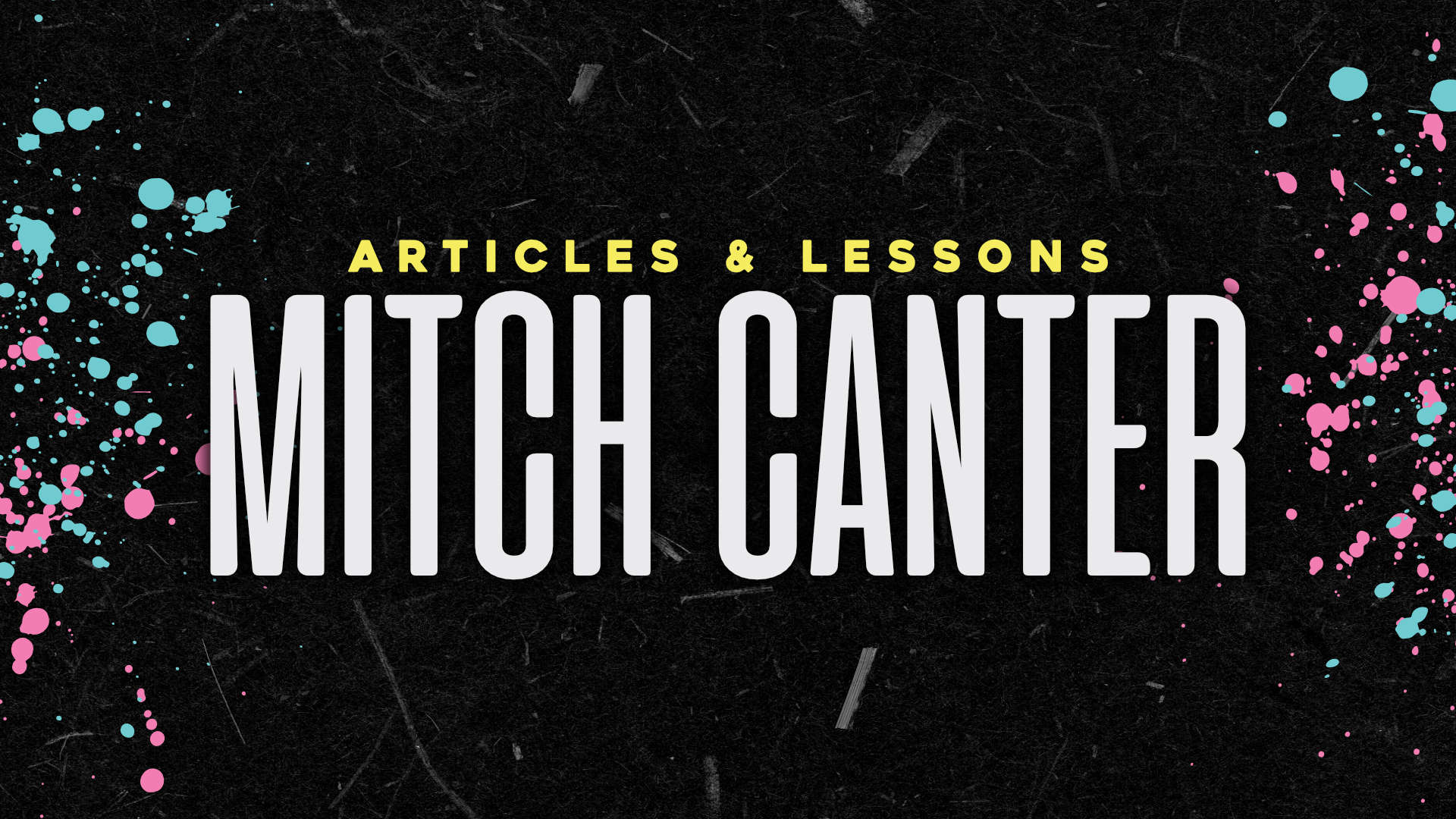This is a bit different than my usual post, since I’m looking more for feedback than I am trying to teach something.
My typical workflow for doing a WordPress theme is as follows:
- Design PSD Mockups
- Develop HTML/CSS from PSD
- Weave WordPress boilerplate theme into HTML/CSS
- Take it server-side
- Finish up with functions and loops not already inserted
I know that somewhere in there is a spot for a version control system, but being on a Windows machine that has a few drawbacks… namely, since I’ve managed to get GIT working to sync up the entire WordPress install, once I run the sync it refuses to run locally (or vice versa).
My question is: are there any resources for developing themes with a version control system (like GIT) and [two part question] would I be better off only adding the theme folder as a repo and going from there?


